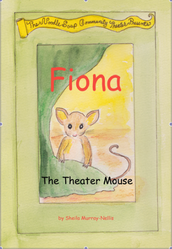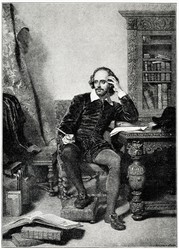The tradition of using poetry to woo a prospective romantic partner, or to demonstrate affection for a current lover goes back to the ancients.
It is a great way for modern partnerships to sustain themselves when the couple is apart.
It can also serve as a way show tenderness on special occasions such as birthdays, anniversaries, or Valentine’s day, or as a way of keeping the flame of love burning.





 Best Mechanics Tool Set 2015: Top 5on 04/20/2015
Best Mechanics Tool Set 2015: Top 5on 04/20/2015
 Desktop vs laptop: Which is best?on 03/20/2013
Desktop vs laptop: Which is best?on 03/20/2013
 Top 4 Best Masticating Juicers 2014on 03/07/2013
Top 4 Best Masticating Juicers 2014on 03/07/2013
 What are Green Cards: US Lawful Permanent Residency Explainedon 02/18/2013
What are Green Cards: US Lawful Permanent Residency Explainedon 02/18/2013


Comments